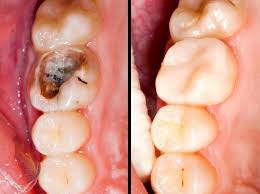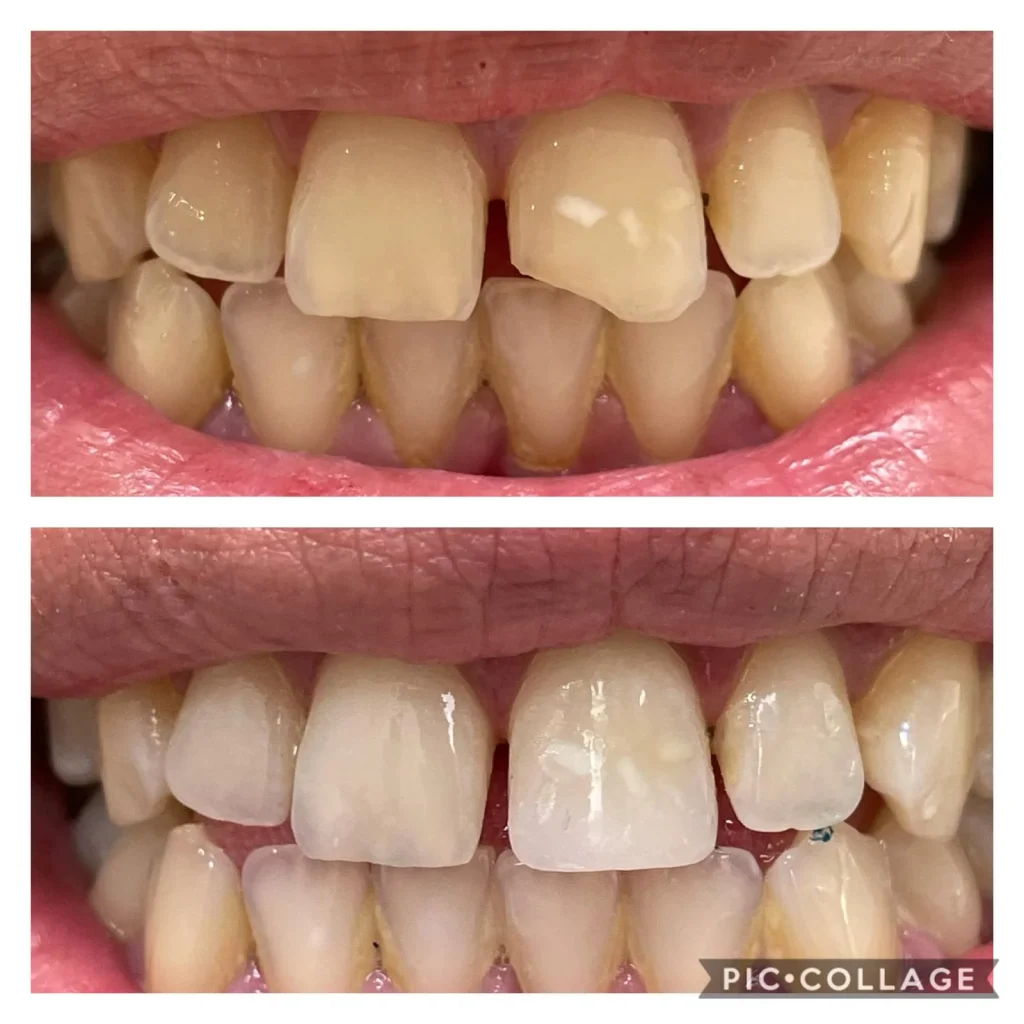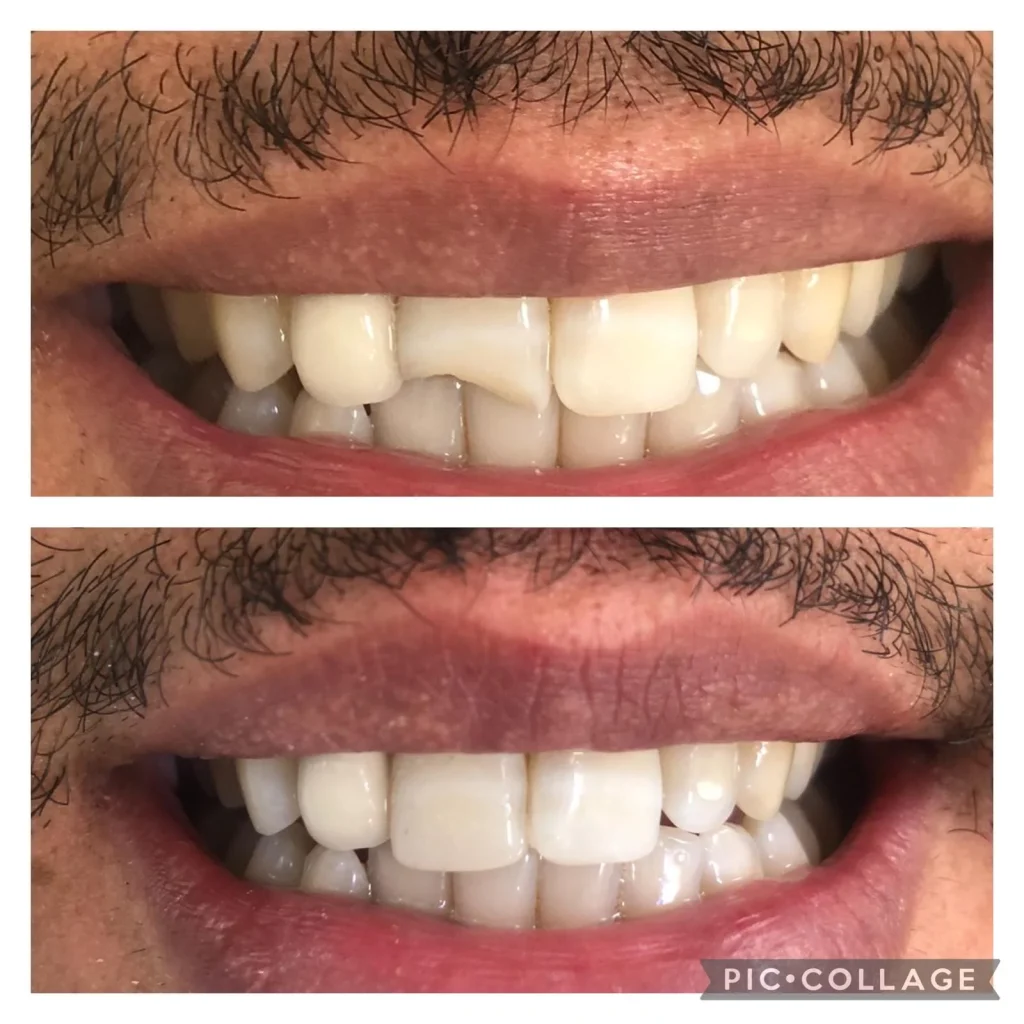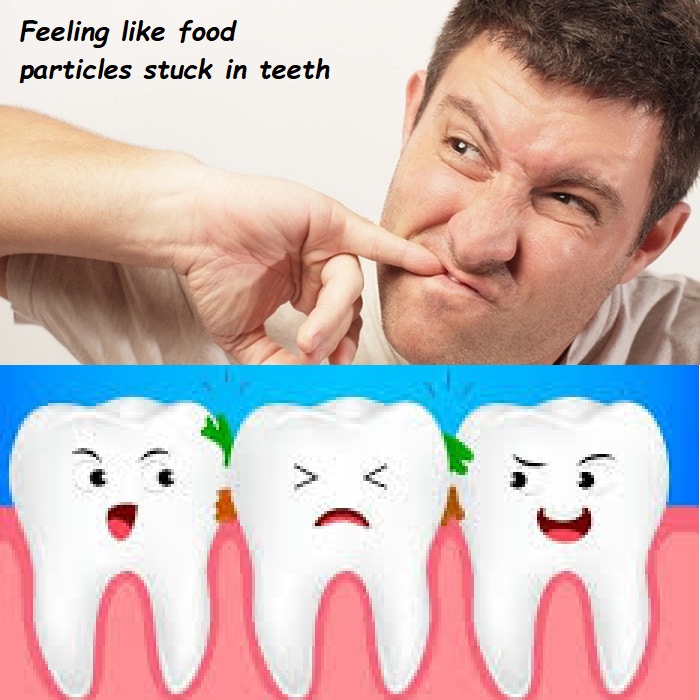Canine teeth human problems

Canine Teeth in Humans: Common Problems, Causes, and Treatment Options
Canine teeth, often called the “eye teeth” or “fangs,” play an important role in the human mouth. These teeth are located at the corners of your dental arch, between the incisors and premolars. Their sharp, pointed shape helps in tearing food, and they contribute to the overall structure and appearance of your smile. However, like any other teeth, canine teeth can experience many problems that may require attention. In this guide, we’ll explore common issues related to canine teeth in humans, their causes, and the treatment options available to address them.
What Are Canine Teeth?
Canine teeth are the four pointed teeth located next to the incisors on the upper and lower jaws. Adults have two canine teeth in the upper jaw (maxillary canines) and two in the lower jaw (mandibular canines). These teeth are typically longer and stronger than other teeth, with a single pointed cusp that helps grip and tear food. Canines also play a vital role in guiding the teeth into proper alignment when the mouth closes.
Common Problems with Canine Teeth
Canine teeth can be affected by various dental issues, some of which are unique to these teeth due to their position and function. Here are some common problems associated with canine teeth in humans:
1. Impacted Canine Teeth
Impaction occurs when a tooth fails to erupt fully into its expected position in the dental arch. Impacted canine teeth are a common problem, particularly with the upper canines. This issue can result from a lack of space in the dental arch, improper alignment of adjacent teeth, or genetic factors. Impacted canines may remain stuck in the jawbone, partially erupt, or grow in the wrong direction.
Symptoms of Impacted Canine Teeth:
- Swollen or tender gums
- A visible bulge where the tooth should be
- Pain or discomfort in the jaw
- Misalignment of surrounding teeth
- Delayed or abnormal tooth eruption
2. Overcrowding
Overcrowding occurs when there isn’t enough space in the dental arch for all the teeth to fit properly. Canine teeth are particularly prone to overcrowding because they erupt later than the front teeth. This can lead to misalignment, with the canines sometimes being pushed forward or backward, causing them to overlap with adjacent teeth.
Symptoms of Overcrowded Canine Teeth:
- Crooked or overlapping teeth
- Difficulty cleaning between teeth
- Increased risk of cavities and gum disease
- Uneven wear on teeth
- Aesthetically displeasing smile
3. Malocclusion (Misalignment) Issues
Malocclusion refers to any misalignment of the teeth or jaws. Canine teeth play a crucial role in guiding the teeth into proper alignment, so when they are out of position, it can lead to various bite problems, including crossbite, overbite, and underbite.
Symptoms of Canine-Related Malocclusion:
- Jaw pain or discomfort
- Difficulty chewing or biting
- Uneven tooth wear
- Speech difficulties
- Aesthetic concerns
4. Tooth Decay and Cavities
Like other teeth, canine teeth are susceptible to decay and cavities, especially if proper oral hygiene is not maintained. Because canine teeth are located at the corners of the mouth, they can sometimes be harder to clean thoroughly, increasing the risk of plaque buildup and decay.
Symptoms of Decay in Canine Teeth:
- Toothache or sensitivity
- Visible holes or pits in the tooth
- Discoloration of the tooth
- Bad breath or a foul taste in the mouth
- Swelling or redness in the gums around the affected tooth
5. Tooth Wear and Erosion
Due to their pointed shape and function, canine teeth can experience wear and erosion over time. This is particularly true for individuals who grind their teeth (bruxism) or have an improper bite that puts excessive pressure on the canines.
Symptoms of Canine Tooth Wear:
- Flattened or worn-down tooth cusps
- Increased tooth sensitivity
- Changes in the shape of the tooth
- Discomfort or pain when biting or chewing
Causes of Canine Teeth Problems
Understanding the underlying causes of canine teeth problems can help prevent and address these issues effectively. Here are some common causes:
1. Genetics
Genetics play a significant role in the development and alignment of teeth. If your parents or siblings have had issues with impacted canines, overcrowding, or malocclusion, you may be more likely to experience similar problems.
2. Jaw Size and Shape
The size and shape of your jaw can affect how your teeth align and whether there is enough space for all your teeth to erupt properly. A smaller jaw or an irregularly shaped dental arch can lead to overcrowding and impacted canines.
3. Early Loss of Baby Teeth
Losing baby teeth prematurely can lead to alignment issues, as the remaining teeth may shift into the empty space, preventing the proper eruption of the canine teeth.
4. Trauma or Injury
Injuries to the mouth or jaw can affect the development and alignment of canine teeth, leading to impaction, misalignment, or other dental issues.
5. Poor Oral Hygiene
Neglecting oral hygiene can lead to plaque buildup, decay, and gum disease, which can affect the health and alignment of your canine teeth.
Treatment Options for Canine Teeth Problems
The treatment for canine teeth problems varies depending on the specific issue and its severity. Here are some common treatment options:
1. Orthodontic Treatment
Orthodontic treatment, including braces and aligners, often addresses issues such as overcrowding, misalignment, and impacted canines. Braces can gradually move the teeth into their proper positions, creating space for the canines to erupt correctly.
Types of Orthodontic Treatments:
- Traditional Braces: Metal or ceramic brackets and wires are used to move the teeth into alignment.
- Clear Aligners: Removable, clear plastic trays (e.g., Invisalign) that gradually shift the teeth into place.
- Retainers: Used after braces to maintain the position of the teeth.
2. Surgical Intervention
Surgical intervention may be necessary in cases of impacted canines or severe overcrowding. This can involve exposing the impacted tooth and attaching a bracket to guide it into place, or extracting teeth to create more space.
Common Surgical Procedures:
- Exposure and Bonding: The surgeon exposes the impacted tooth and attaches a bracket and chain to gradually pull it into position.
- Tooth Extraction: Removing one or more teeth to alleviate overcrowding and allow the canines to align properly.
- Frenectomy: A procedure to remove the frenum (a small fold of tissue) that may restrict the movement of the canine teeth.
3. Dental Fillings and Restorations
Dental fillings, crowns, or other restorative treatments may be necessary to restore the function and appearance of canine teeth affected by decay or cavities.
Types of Restorative Treatments:
- Dental Fillings: Materials such as composite resin are used to fill cavities and restore the tooth’s structure.
- Crowns: A cap placed over the tooth to protect it from further damage and restore its shape and function.
- Bonding: A cosmetic procedure where tooth-colored resin is applied to the tooth to improve its appearance and function.
4. Tooth Contouring and Reshaping
For minor issues with tooth wear or misalignment, tooth contouring and reshaping may be used to improve the appearance and function of the canine teeth. This involves removing small amounts of enamel to change the shape of the tooth.
5. Preventive Measures
Preventive measures, including regular dental check-ups, good oral hygiene practices, and wearing mouthguards to prevent tooth grinding, can help protect your canine teeth from problems.
Preventing Canine Teeth Problems
Prevention is always better than cure, and there are several steps you can take to protect your canine teeth from common problems:
1. Maintain Good Oral Hygiene
Brush your teeth at least twice a day, floss daily, and use an antiseptic mouthwash to keep your mouth clean and reduce the risk of decay and gum disease.
2. Regular Dental Check-Ups
Visit your dentist regularly for check-ups and cleanings. Early detection of any issues can prevent more serious problems from developing.
3. Orthodontic Evaluation
If you notice any signs of misalignment or overcrowding, schedule an orthodontic evaluation. Early intervention can prevent the need for more extensive treatment later on.
4. Protect Your Teeth
If you play contact sports or grind your teeth at night, consider wearing a mouthguard to protect your teeth from injury and excessive wear.
5. Healthy Diet
A diet low in sugar and rich in nutrients can help keep your teeth and gums healthy. Avoiding sugary snacks and drinks reduces the risk of cavities, while consuming foods rich in calcium and vitamin D supports strong teeth.
Frequently Asked Questions About Canine Teeth Problems
Q: Why do some people have impacted canine teeth?
A: Impacted canines can occur due to a lack of space in the dental arch, improper alignment of adjacent teeth, or genetic factors. They may also be caused by early loss of baby teeth or trauma to the mouth.
Q: Can impacted canine teeth be fixed without surgery?
A: In some cases, orthodontic treatment can be used to guide impacted canines into their proper position without surgery. However, if the tooth is deeply embedded in the jaw or growing in the wrong direction, surgical intervention may be necessary.
Q: How long does it take to correct impacted canine teeth with braces?
A: The time required to correct impacted canines with braces varies depending on the severity of the impaction and the individual’s dental structure. It can take anywhere from several months to a couple of years.
Q: Are canine teeth more prone to cavities?
A: Canine teeth are not inherently more prone to cavities, but their location at the corners of the mouth can make them harder to clean thoroughly, increasing the risk of decay if proper oral hygiene is not maintained.
Q: Can I live with an impacted canine tooth if it doesn’t cause pain?
A: While it may be possible to live with an impacted canine tooth if it doesn’t cause pain, it can lead to other dental problems such as misalignment, overcrowding, or damage to adjacent teeth. It’s important to consult with a dentist or orthodontist to discuss the best course of action.
Conclusion
Canine teeth play a vital role in both the function and aesthetics of your smile, but they can also be susceptible to various dental issues. Understanding the common problems associated with canine teeth, their causes, and the available treatment options can help you maintain a healthy and beautiful smile. Whether you’re dealing with impacted canines, overcrowding, or decay, there are effective solutions available to address these issues and restore your dental health.
If you’re experiencing any problems with your canine teeth, it’s important to seek advice from a dental professional. Early intervention can prevent more serious issues and ensure that your teeth stay strong and healthy for years to come.









